Two new Leica lenses for L-Mount: The multi-brand ecosystem is growing encouragingly. The Super-APO-Summicron-SL 1:2/21 ASPH is a ground-breaking Leica design. The Super-Vario-Elmarit-SL 1:2.8/14-24 ASPH will remind a few L-mount users of an old friend.
The two new Leica L-Mount lenses are available from Leica Stores, Leica Online Store and authorized Leica dealers starting now. The retail price is €5300 for the Super-APO-Summicron-SL 1:2/21 ASPH and €2500 for the Super-Vario-Elmarit-SL 1:2.8/14-24 ASPH, both including VAT. With this pricing, Leica clearly shows that the brand wants to be competitive in the full-frame mirrorless segment. The 21 is the most expensive lens of the APO-Summicron SL lenses but still in their pricing range; these are expensive lenses for sure, but many users say that they offer good value for money.
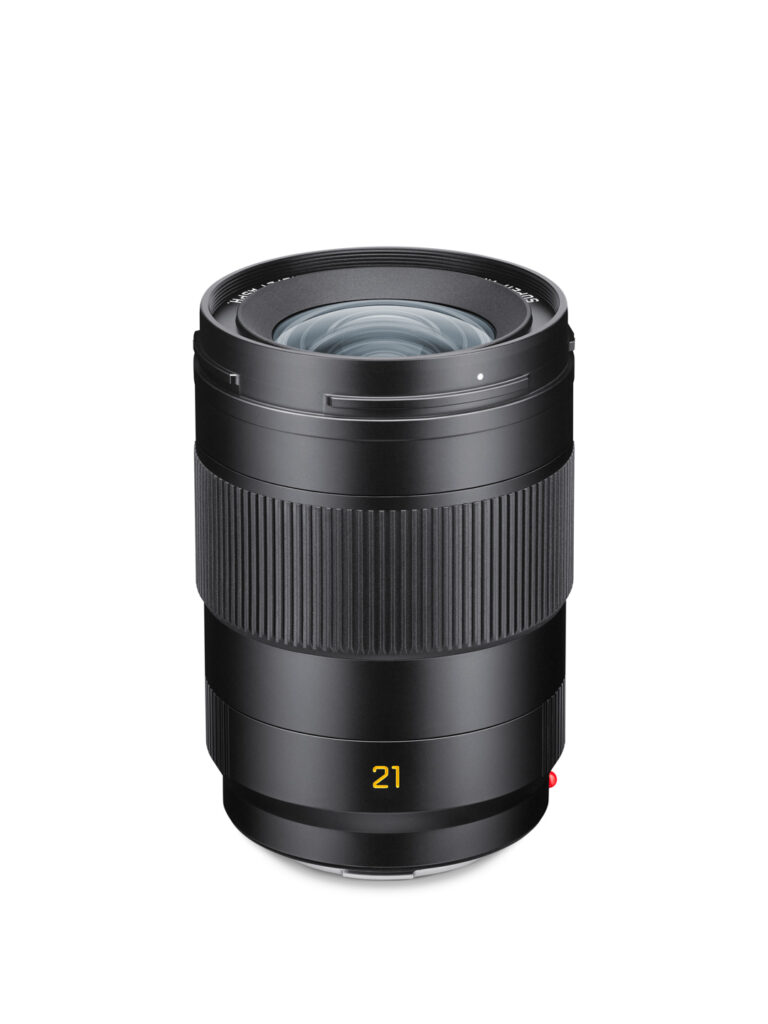
New Leica L-Mount lenses, part one: The new Super-APO-Summicron-SL 1:2/21 ASPH
As for the wide-angle prime by Leica, L-Mount users had to wait for a long time. The 21mm wide-angle prime was on the roadmap shortly after the launch of the very first Leica SL (Typ 601) back in 2015. In a presentation from 2018, the fast 21 mm lens was promised for 2020. Three years later, the lens comes finally into the stores. And if we can believe what Leica says, it is a stunning performer.
According to a press release about the new Leica L-Mount lenses, the Super-APO-Summicron-SL 1:2/21 ASPH is the world’s first apochromatic 21 mm lens. Leica claims it has exceptional sharpness from centre to corner. Furthermore, it shares the Dual Synchro Drive autofocus, which is a trademark of Leica and a patented design that allows for very fast focusing by moving not one, but two lens groups. Peter Karbe, the legendary Leica lens designer, explains the principle in this webinar.
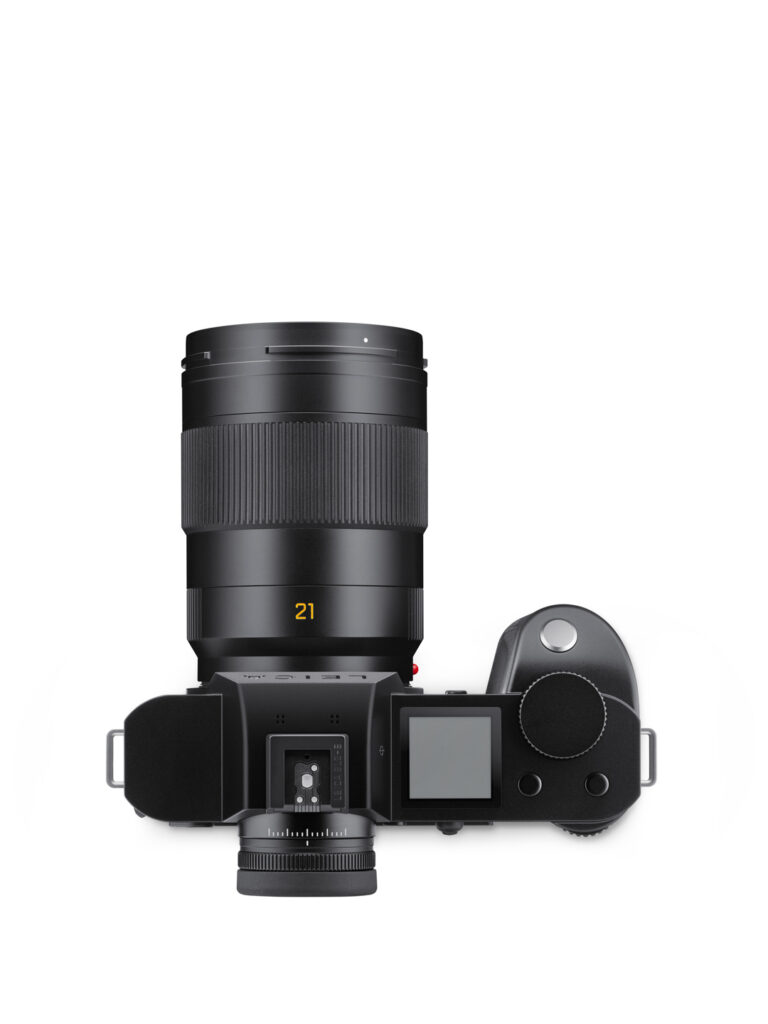
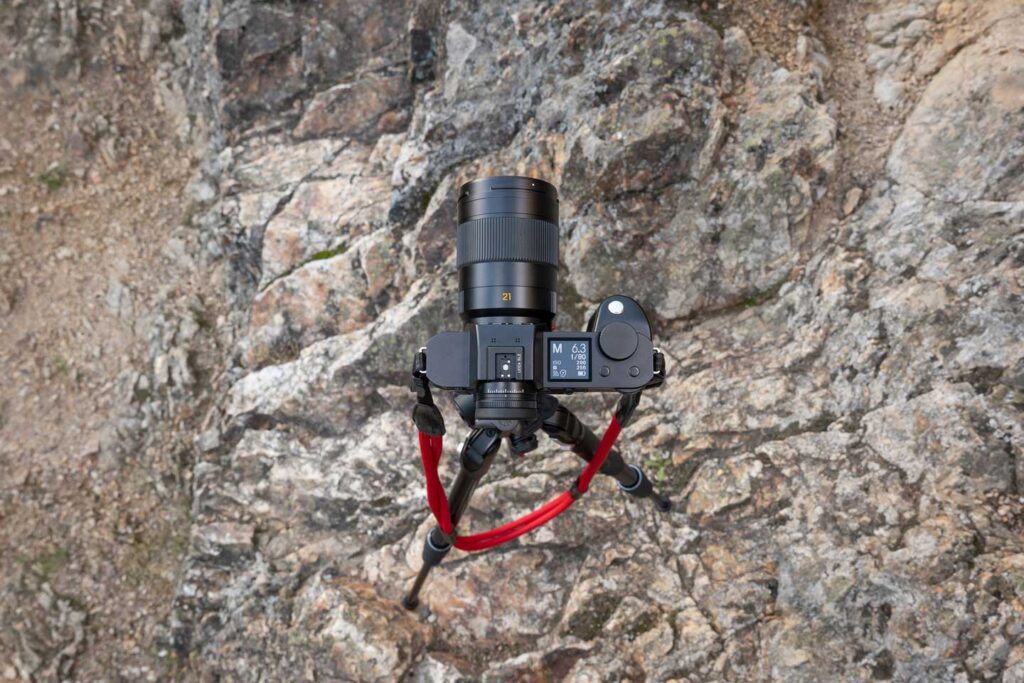
If the new APO-Summicron SL is as good as the other lenses of this line…
The advance praise for the new Super-APO-Summicron-SL 21 might very well be justified. All the Leica APO Summicron primes for L-Mount have a splendid reputation. The 35 is arguably the best lens Leica has made so far. The 75 is also a stunning performer, which I can tell from experience. If the new 21 is in line with these virtues, it is a real achievement in this short focal length. Good news from the new Leica L-Mount lenses department, you could say.
It is interesting that Leica has launched the 21 now but not the 24. Both were once planned, but maybe Panasonic’s 24/1.8 has already exhausted the market for this once so popular focal length. 21 mm is more versatile anyway, and the gap between the existing Summicron 28 and a new 24 would have been too narrow. At any rate, a 21 can be a magic tool in the hands of someone who knows how to use it.
“Super” might be true for the image quality, but it refers to something else
You might think the “Super” in the name alludes to the design. Leica writes about it: “The 14 high-precision made lenses – three of them with an aspheric surface – are divided in 11 groups and contribute to the highest possible degree of image quality, even with the aperture fully open. The apochromatic correction of the lens is unique to its focal length and once again proves the highest standards of the Leica engineers.” But in fact, it is a nod to the company’s tradition: The early Angulon 21 mm lenses for M-Mount had already “Super” in their names. Because these were super-wide lenses, quite extraordinary for the time.
With the new member, the APO-Summicron L-Mount family has six members: 90, 75, 50, 35, 28, and now also 21mm. It is not to be confused with the lower priced Summicron line (without APO) which consists of a 35 and a 50mm lens so far. These lenses are made in Portugal, as it is stated on the barrel. Observers have, and we will leave it at that, discovered close similarities to Panasonic’s f/1.8 line. This one offers both a 35, and a 50 as well as wider lenses, such as the mentioned 24 and an 18/1.8. Panasonic’s fast and compact 18 might be a competitor for the new Super-APO-Summicron-SL 1:2/21 ASPH (€849 vs €5300).

New Leica L-Mount lenses, part two: The new Super-Vario-Elmarit-SL 1:2.8/14-24 ASPH
The new Super-Vario-Elmarit-SL 1:2.8/14-24 ASPH is the first Leica lens that offers the 14 mm focal length for L-Mount users. It is remarkably fast for a zoom lens, and Leica says it also quite compact – something that can hardly be said about the existing (and excellent!) Super-Vario Elmar-SL 1:3.5-4.5/16-35 ASPH. It was expected that new Leica L-Mount lenses would be designed to be smaller. Remember, the giant size of the 24-90 triggered massive criticism back in 2015.
A new filter holder for the Leica lens?
The new 14-24 is an 18-lens, 13-group design that is supposed to offer good sharpness over the entire image height. Three lenses are aspherical, and Leica writes: “The very wide diagonal viewing angle of up to 114 degrees leads to unavoidable distortions and aberrations in ultra-wide-angle lenses, which are excellently compensated by the elaborate optical construction of the Super-Vario-Elmarit-SL 14–24 f/2.8 ASPH.” A fixed metal lens hood protects the heavily curved, vulnerable front lens. Filters can’t be attached at the front, but the lens “is equipped with a special filter holder on the side of the bayonet mount”.
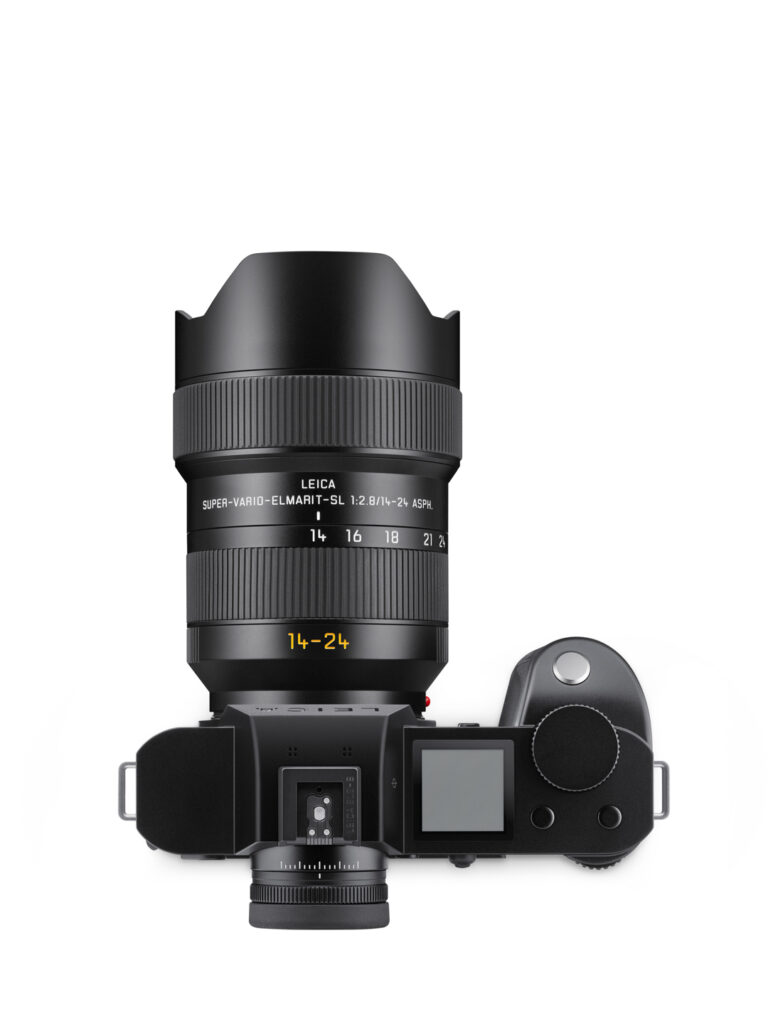
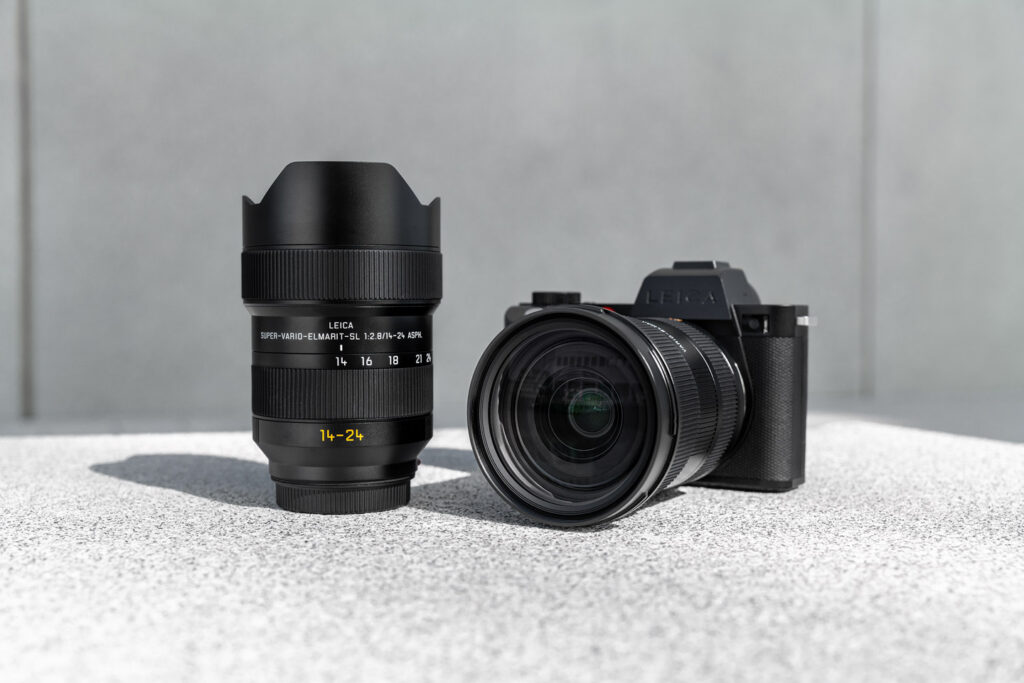
The design is remarkably similar to…
14-24, f/2.8, 18 elements in 13 groups, this might ring a bell for a few L-Mount users. In fact, the new Leica lens has striking similarities to the much-loved Sigma 14-24/2.8. It even has the zoom rotation in the “Sigma direction”(counter-clockwise to the longer focal length) and not in the “Leica way”. As usual, Leica will not comment on who is the manufacturer of the lens. But the parallels to the 24-70/2.8 are clear. In both cases, the Leica premium is remarkable. (€1529 vs. €2500 or 63 per cent for the wide-angle zoom and €1199 vs. €2750 or 130 per cent for the standard zoom if you really pay the RRP for this one).
All in all, some growth for the family with new Leica L-Mount lenses, one being a super wide-angle prime lens that should be the new gold standard for 21mm lenses, the other a zoom that brings versatility and affordability to the L-Mount system. And it becomes clearer and clearer that Leica follows a strategy of two product lines. One is top-notch, made in Germany, and expensive. And one is not so expensive but still up to Leica standards. Exactly the way the former lens launches and a user survey earlier this year had hinted at. It remains to be expected if Leica will also issue a less expensive L-Mount body.
Make a donation to help with our running costs
Did you know that Macfilos is run by five photography enthusiasts based in the UK, USA and Europe? We cover all the substantial costs of running the site, and we do not carry advertising because it spoils readers’ enjoyment. Every amount, however small, will be appreciated, and we will write to acknowledge your generosity.

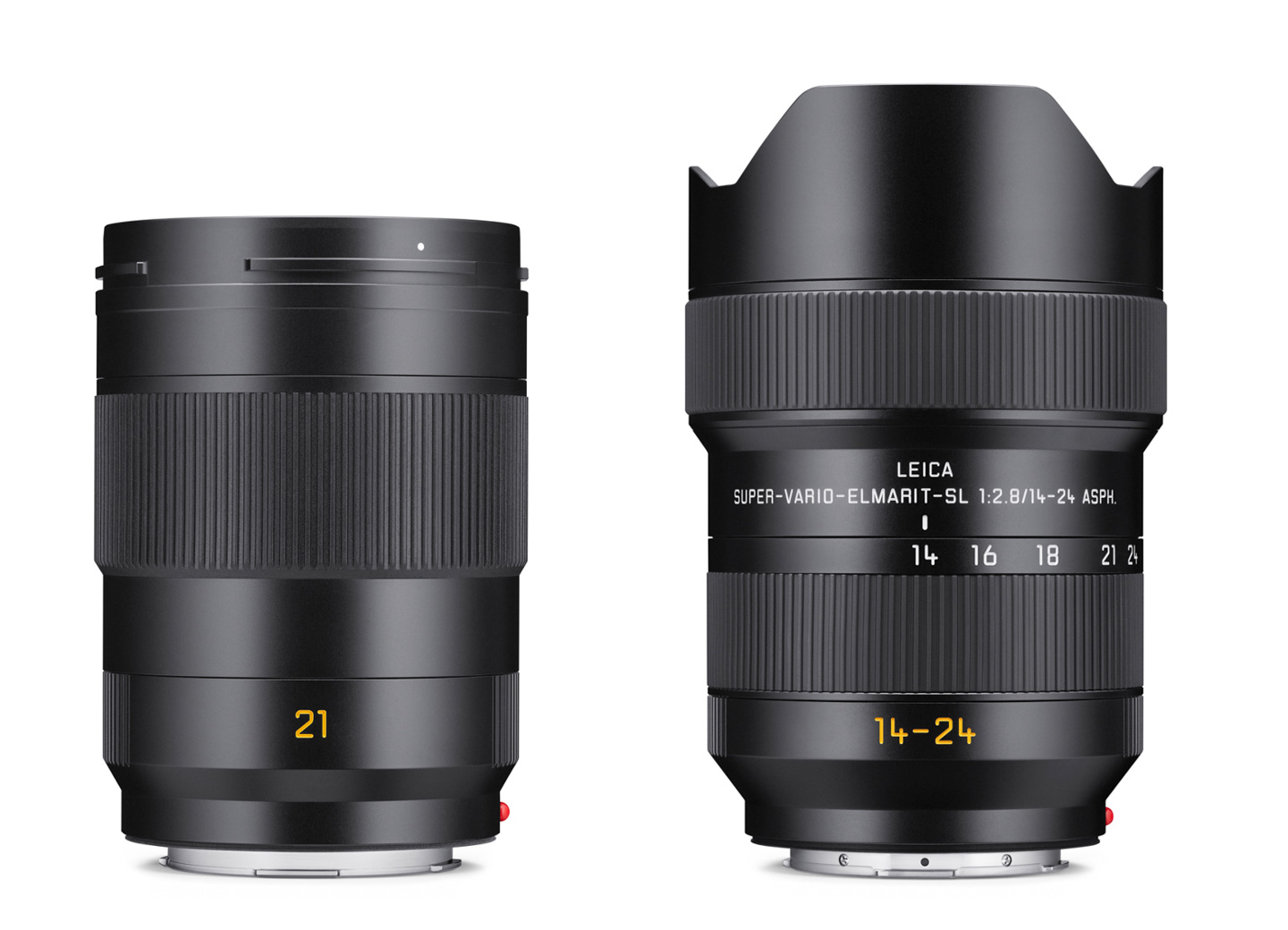
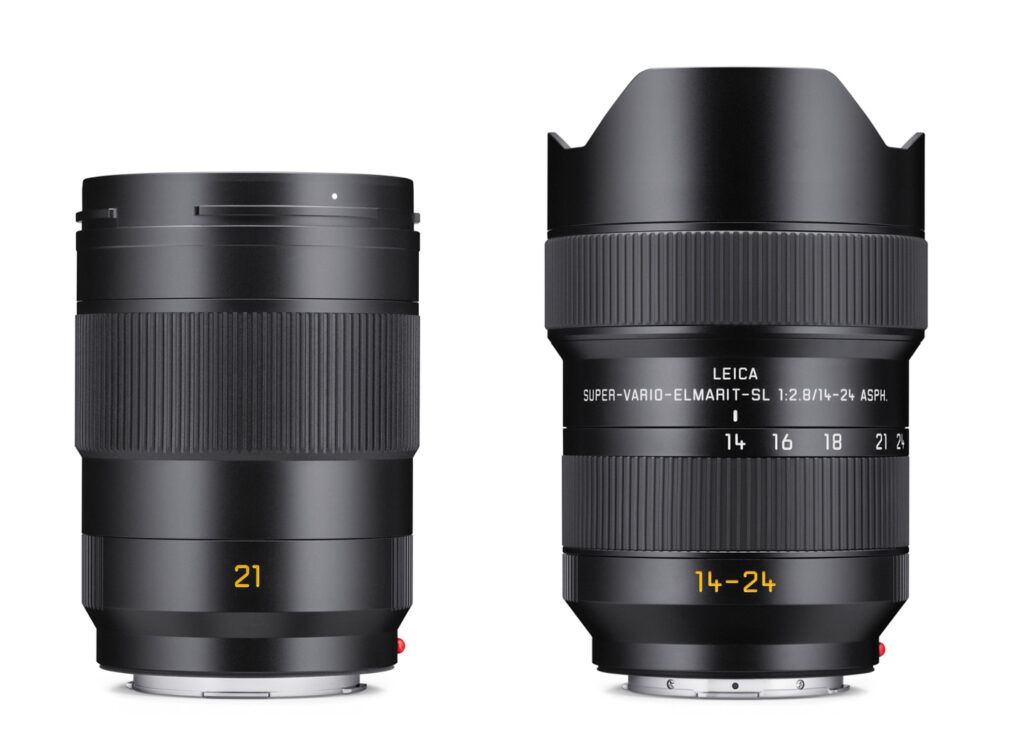
Let’s hope the new Leica 14-24 doesn’t turn into a ‘dust hoover’ like the 24-70f2.8. I’m yet to see one of the latter lenses that hasn’t sucked dust up behind the front element. Not sure if the Sigma ever did this but the Leica version is well known for it.
The 14-24 lens (I’ve only tried the sigma) is excellent but restricts you to only shooting wide/super wide so you need to watch your angles and converging lines. I had the excellent Panasonic 16-35f4 which is another viable alternative and a lot more practical if you don’t want to be swapping lenses all the time and are ok with f4.
Nice to see a decent range of L-Mount lens choice from numerous manufacturers.
I concur with Brian on the 14-24mm. I sold mine because I was not using it as much as I thought I would but is is an excellent lens and it comes very recommended if you frequently need apertures in that range. About the naming, all 18mm and 21mm Leica lenses that I own have Super in the name: Super-Elmar-M 18mm f/3.8, Super-Elmar-M f/3.4 and Sper-Angulon-R 21mm f/3.4.
Super-Elmar-M 21mm f/3.4 and Super-Angulon-R 21mm f/3.4
I recently purchased the sensational Sigma 14-24/2.8 and wish I had purchased it sooner. I would be surprised if the Leica version offers anything more other than a much higher price.
Better build quality for sure and that’s worth something if you plan on using it for years, possibly a better focus motor/mechanism too. Optically it might be just slightly better because of tolerances but not a big difference. Sigma quality is usually great though and made in Japan is always good to see these days now that a lot of other brands have gone to Thailand or China.
I would be surprised at better build quality. It may have better focus motor but my Sigma motor is wonderful. I love Leica but in this case I would feel stupid paying more for the Leica. But there are at least choices.
Well,I say that because although Sigma lenses are excellent, I bought the SL 24-70 Vario Elmarit and the build quality is noticeably much better than the Sigma design it’s based on, no question.You can feel the difference as soon as you zoom or focus manually and It makes it a joy to use. I didn’t feel stupid at all when I bought it and no regrets so far.I feel it was money well spent.
Hi Steven, I am delighted that you are happy with your purchase. I also purchased the Leica 24-70/2.8 due to it having faster focus. I am not sure whether that is due to rumoured different focus motors or better integration with the camera. However, I own or have owned a lot of high end equipment, including the magnificent Leica M 901.5. I am absolutely delighted with the manual focus and build quality and focus speed of the Sigma 16-24. As an engineer, I think it is not right to apply experience on one product and apply a statement on a different product as fact. My experience with the Sigma 14-24 is that I am perfectly delighted with it and Leica has a challenge to improve on that for a significant price increase. I also own the Panasonic 16-35/4 S pro lens and it takes incredible images and I like it better than the Leica equivalent. I pick a lens that delivers the rendering I love and Leica is no longer a no brainer as it was years ago. Voigtlander has replaced some of my once sacred Leica glass and the build quality and quality control of their recent glass is excellent.
Anyway, we have choices
The difference in weight is only 60g so I don’t believe there will be a huge difference in build quality. The price difference is $1,216 though (the Sigma currently has a rebate of $120 in the US).